la fantasma de violencia:
Ticketed huacas, displayed burial items, and political era of terror
Ernesto, the enthusiastic grounds keeper, reaffirmed the ghostly sense I felt walking the wide inclined adobe pathway up Huaca Hallamarca. This site is a reconstructed pre-hispanic burial structure where funerals processions took place. From my new friend, I was taught that Huaca means more than ancient structure; Huaca is an associated space where Apus (spirits) reside. He shared a stories of drinking with his friends in the hills, having a grand old time with human company, when then, spirit forms of combating troops merged in a blue vs white clothed confrontation, revealing a memory held by that landscape, the mountain himself, the Apu. This historic war between Peruvian and Chilean forces is but one of the many incidents of violence occurring upon these sacred settings.
(I thought these cockroach peeps were cute — this is a print from the clay vessel dated 3,000 years ago)
From a guided tour of Museo Larco of pre-columbian “art” I have discovered more about afterlife (UKU PACHA) in Incan and pre-incan cultures (noted: Cuna, Nasca, Paracas). Vigilant eyes zoomed through the glass windows onto the sculpted details of the human and sacred animal figurines and hollow vases. Most of these items were, controversially, dug from burials, where the arid climate of this desert landscape preserved the gifts given to ancestors (MALKI) in near perfect form. The controversy of such items in this private collection might come from a comparison of the exhibitionist consumptive contemporary with older spirited cosmovisions. In such ancient belief, the underworld is home to the dead, the sphere where the dead continue to dine, drink, dress, d*uck and devote themselves to deities, the deciders of fertility. Dualisms (life/death, uperworld/underworld, light/dark, masculine/feminine, dry/wet) were a well represented concept. I felt the beauty and truth in the wider view of the cyclical patterns of duality, where rhythms of sun and moon balance forces, towards TINKUY “the generative meeting of opposites and complementary force.”
Jumping through time, to touch thoughts on the Lugar de la Memoria, la Tolerancia y la Inclusión Social (which ignited a reaction from Jon, who’s now restraining a rant about the state-based position of our tour guide), I will continue to talk about death, well, the era of terror (1980-2000) in which death was decreed through violent imposition of ideology. In a the later society, that did not engage in ritual sacrifice to feed the sacred liquid of blood to the gods, the threat of death was morbidly enacted upon 54,011 identified and disappeared bodies. Two unrelated Communist movements Sendero Luminoso (Marx. Leninist, Maoist) and Movimiento Revolutionary Túpac Amaru (w Cuban guerrilla strategy) both inherited the derogatory title Terruco for their crimes against authority and civilian, as well as within indigenous communities (noted: Asháninkas and Putis) who were “forced warriors.”
Two main open questions around this history, to direct the mind:
i. What was the context that followed the involvement of public universities and intellects in developing and spreading Communist ideologies?… and how so blood, “cuota de Sangre.” The economy (poverty, opportunity, discrimination) of Peru today, I’m told, is not in a good situation — do political scientists examine, retrofit, or utilise messaging from that era in mobilising against governmental corruption? This may be one’s radical impulse that I honestly do not have direct experience to understand.
Some photos of peaceful civic resistance and album covers, for inspiration and acknowledgment of artistic influence in creating histories:
ii. How did this era in which many indigenous communities where forced to flee their rural territories in safety from forced militarisation shape pueblos joven and urban indignity?
x





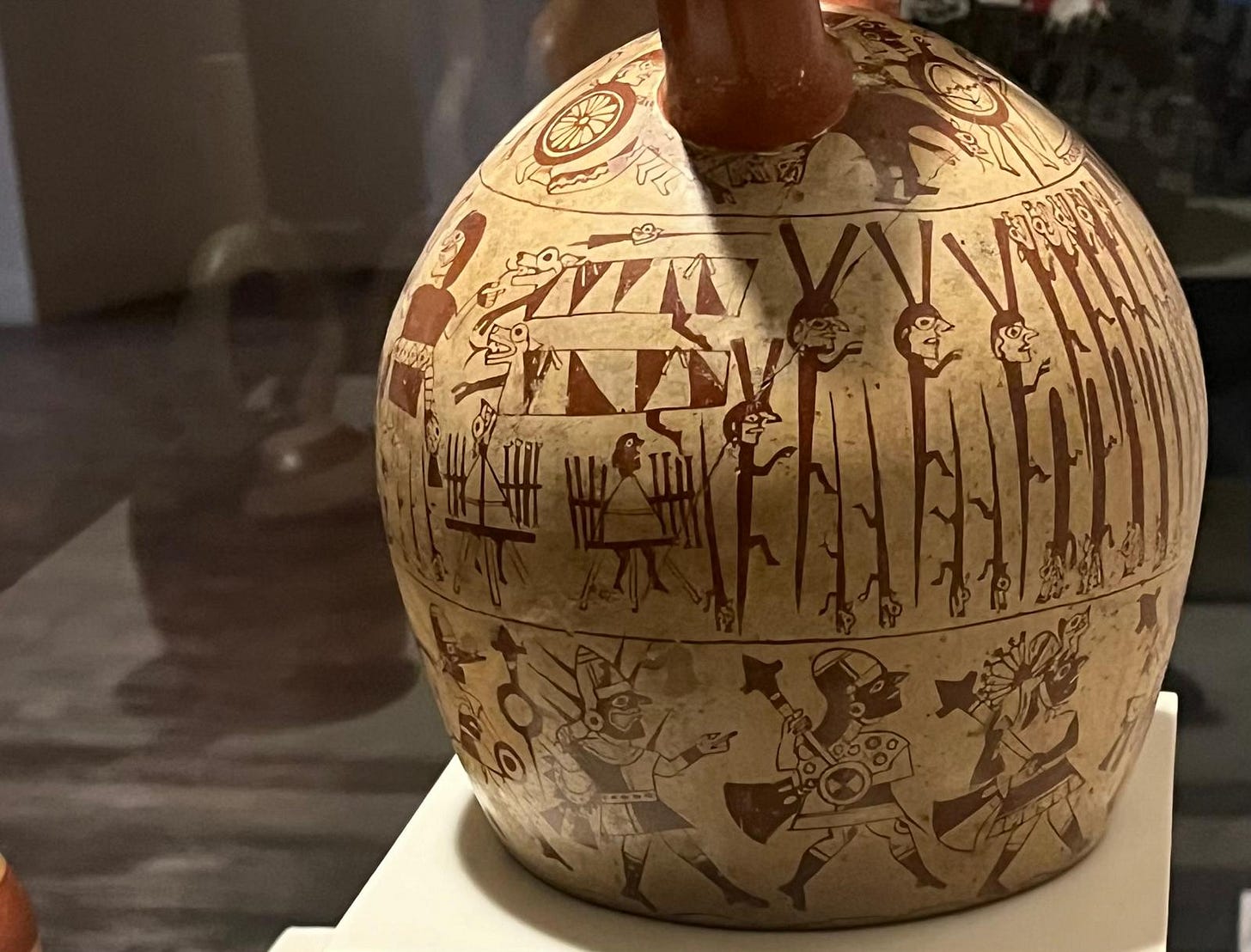
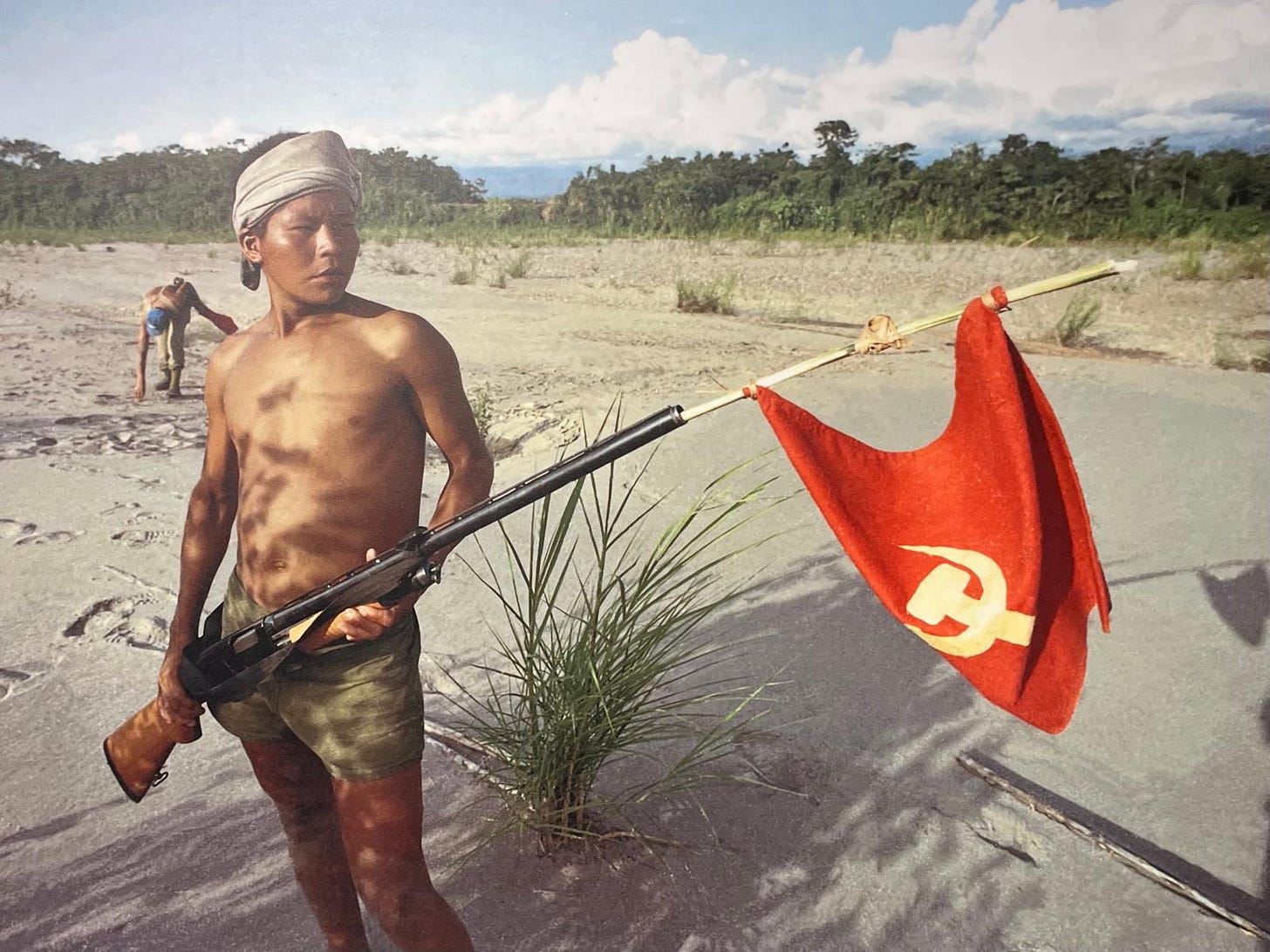



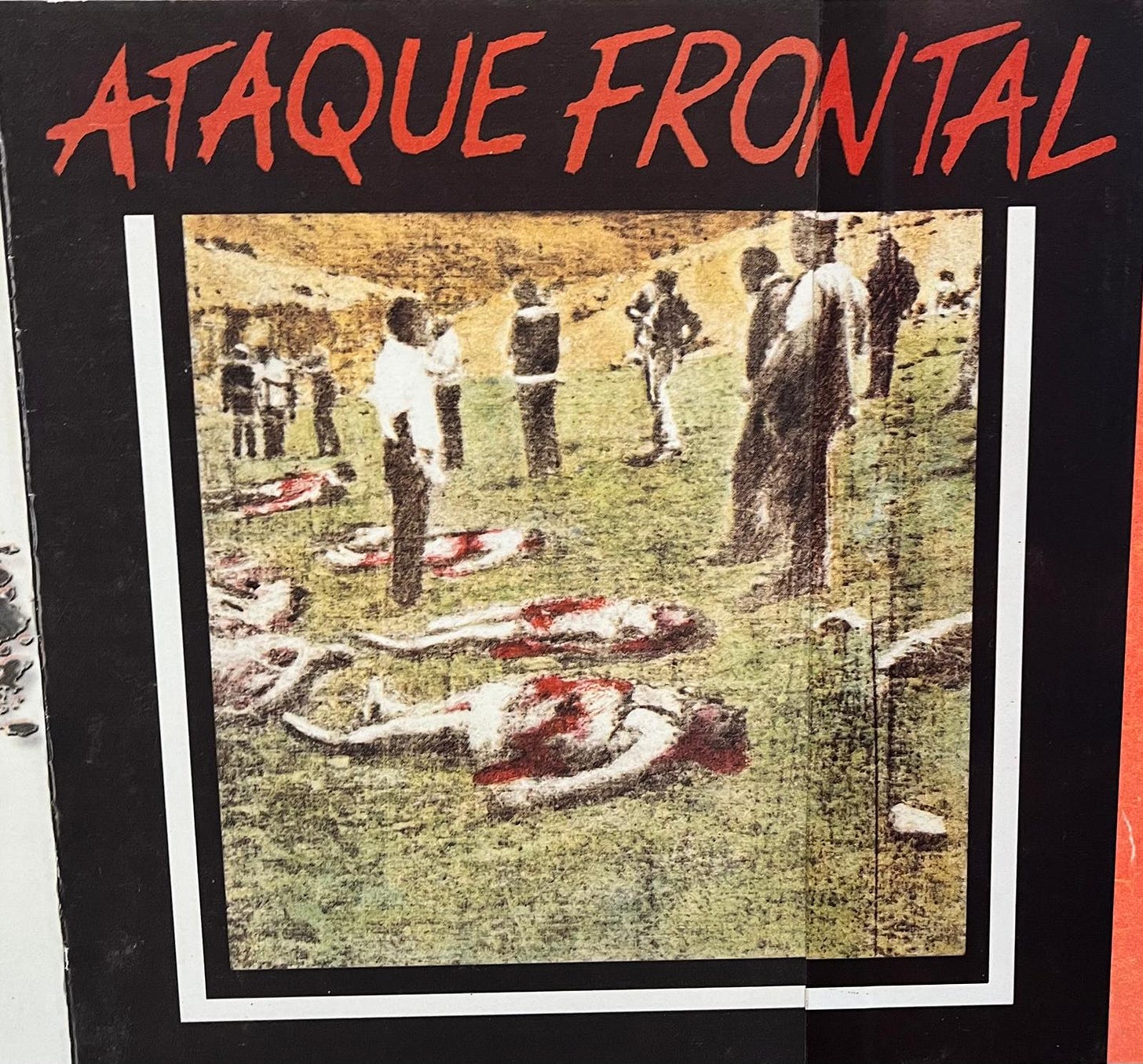
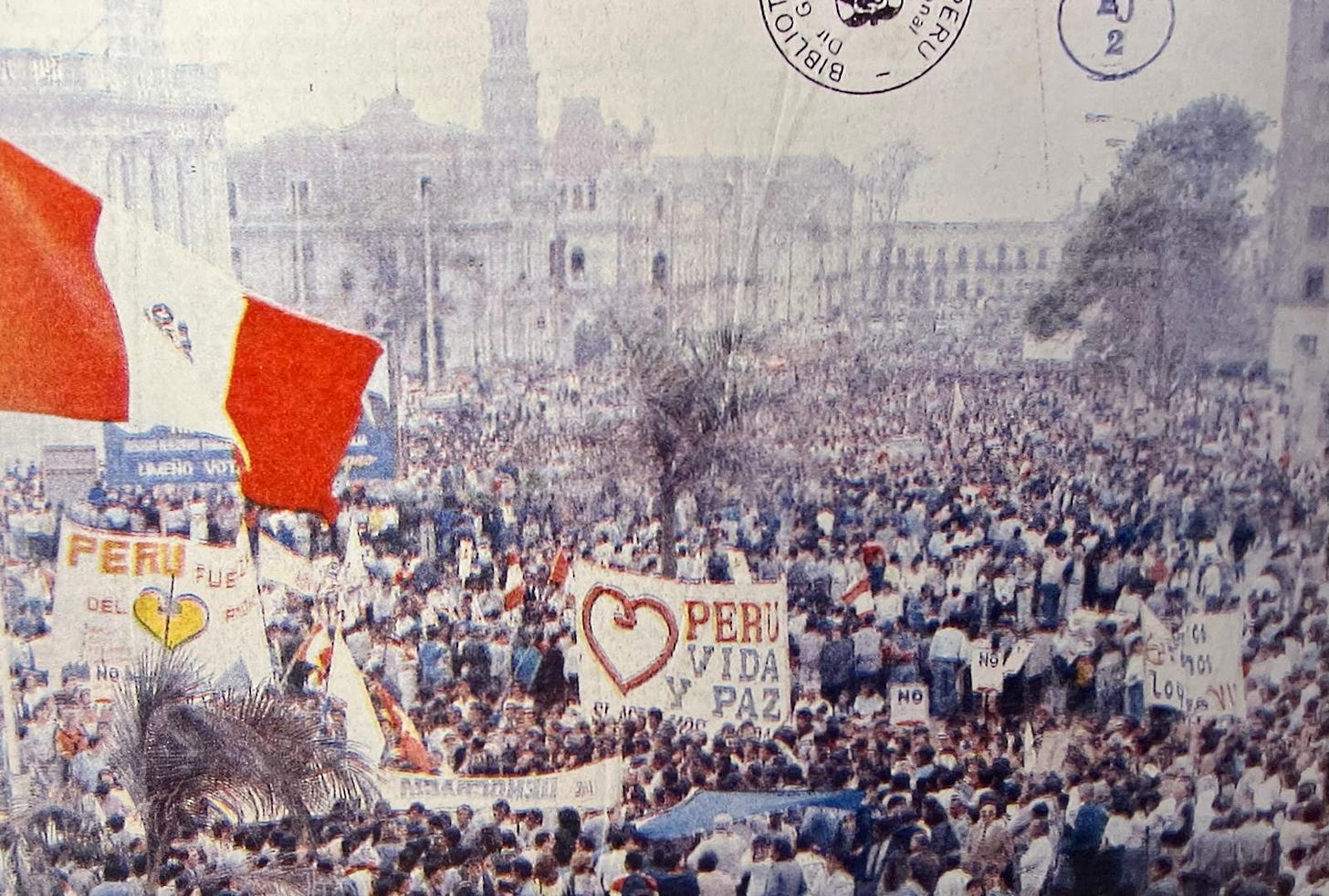
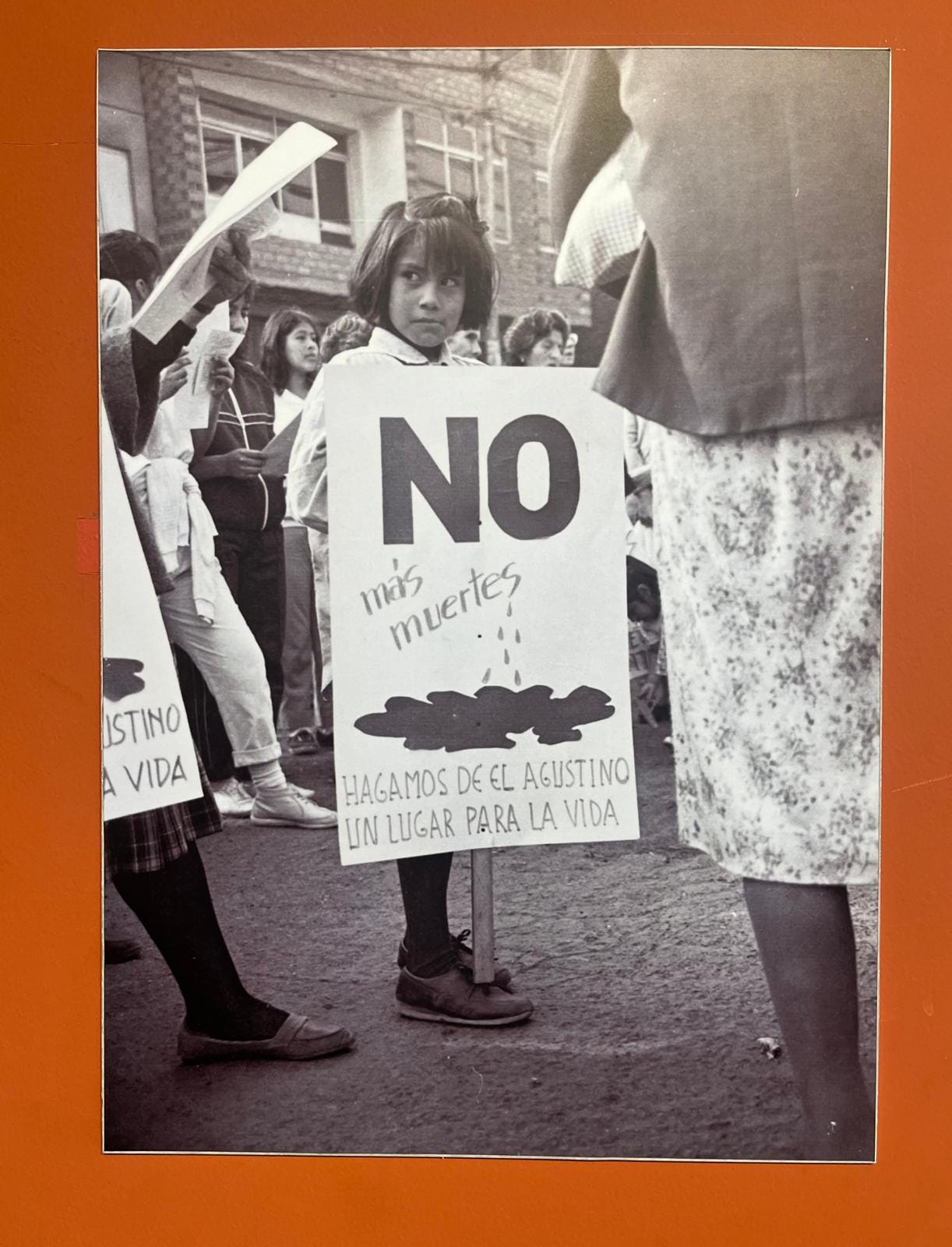

This is an amazing and insightful blog post!
I like how you questioned that the pre-columbian sculptures are called “art.” I never thought of that, and don’t know how the various groups conceive and conceived of them in their cosmovisions. The album covers are also amazing!
"Some photos of peaceful civic resistance and album covers, for inspiration and acknowledgment of artistic influence in creating histories(.)" This particular part of your blog has made me think about the complexity of creating stories that at the same time collect the traces of the "ghost of violence" and manage to exorcise it, in a way that is just to those involved (who could also be called victims) and their scars. Is a museum condemned to become a symbol violence for what it makes visible, but also for what it makes invisible? Is it perhaps an insurmountable aporia?